X10 AirPad mini-review

We don't normally worry about the really low-end Android tablets floating around out there, because they always seem to disappoint. We had to make an exception when we heard about the X10 AirPad, though. X10 is a company many of us know -- they've been around forever since 1978 and have sold many a gadget to many a gadget-lover. And since the AirPad checks in at under $200, we figured it might be the one.
Gingerbread and a 7-inch form factor doesn't get enough love anyway -- right? hit the break, and have a look at a video review, some pics, and all the details.
Youtube link for mobile viewing
Quite the shitty ending for some otherwise decent hardware and a great price isn't it? The signal bug is what it is, and no matter how well constructed or nice the rest of the bullet points are, until it's fixed there just no way I can recommend anyone pick this up. Trust me, I was disappointed as well.
There is a bit of good news there, as this thing should be pretty hackable (it was an easy root with Gingerbreak). If that's how you want to roll, and are only worried about the hardware, read on!
Specs
- 1.2Ghz Rockchip 2918 Cortex A8 processor + 600 Mhz DSP
- 7-inch 800x480 resolution TFT LCD capacitive multi-touch (5 point) touchscreen
- Android 2.3, with Flash 10.1
- 2MP camera with video recording and playback
- 3-axis accelerometer
- 512MB RAM
- 4GB on-board ROM, up to 32 B microSD card
- Battery Life: 6 hours movie, 20 hours music, 6 hours WIFI Internet access *
- WiFi (802.11b/g)
- HDMI supporting 1080p output,
- mini-USB
- full size USB host
- 195 mm x 120 mm x 13 mm, Weight 400g (14 oz)
- 4000mAh rechargeable lithium polymer battery
*The 6 hour battery life, like the cake, is a lie
It's a bare-bones build of Android 2.3.1 with a custom status bar that has the volume control, and a menu button baked in. We see this same setup on many Rockchip powered seven-inchers. You won't get luxuries like video codec support, or hardware accelerated launchers, and there's no proximity or light sensors. It's very much a basic Android appliance -- and many of us want such an animal.
Be an expert in 5 minutes
Get the latest news from Android Central, your trusted companion in the world of Android
The AirPad does have access to the Android Market, and most everything (curse you Popcap and your games!) seemed to work just fine. As I mentioned in the video, it's not blazing fast, and games like Dungeon Defenders can get pretty laggy, but if you stay within some sane boundaries, you'll be fine.
It's well-built, and even though it's plasticy it feels decent to hold. It's nice and light, and great for reading if that's more your speed. All the inputs worked exactly as advertised, on the first try, so the hardware is solid. Much better than I expected for a $200 craplet.
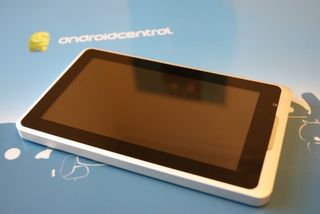

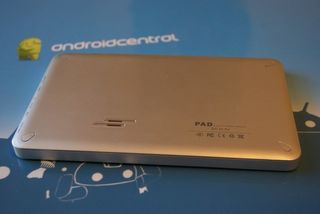
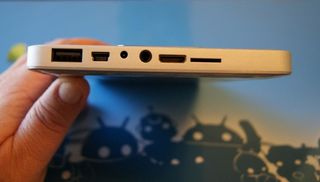



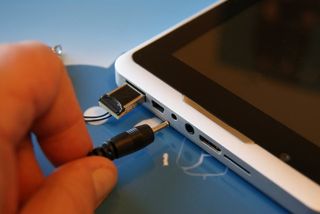
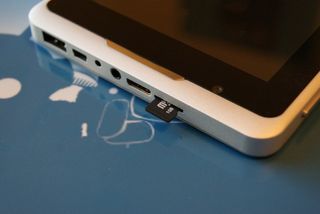
Here's where things get sticky. There are very few people who should buy this one. The Kindle Fire has the same $199 price tag, and if it's built anything like the PlayBook it resembles, will be a really nice bit of hardware. But the AirPad is plain wide-open. If you have a little workshop and the inclination to really tear things apart and re-purpose them, the AirPad is the right one to choose. If the folks at X10 get around to updating the software to fix that crazy time without signal bug, we'll revisit. Until then, think twice before whipping out your plastic for it.

Jerry is an amateur woodworker and struggling shade tree mechanic. There's nothing he can't take apart, but many things he can't reassemble. You'll find him writing and speaking his loud opinion on Android Central and occasionally on Twitter.
